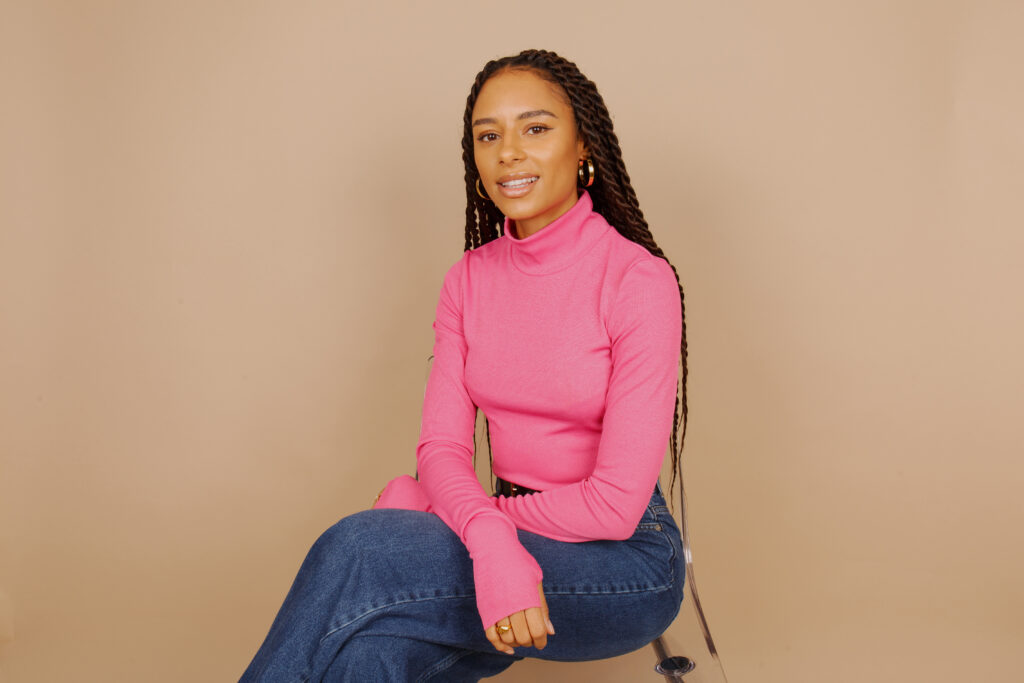By Charlotte Stavrou (née Williams), a multi-award-winning entrepreneur and the founder of SevenSix Agency.
There’s no doubt about it, for the majority of marketers, working with creators is now a critical
part of the day to day. Between 2019 and 2022, the influencer marketing industry more than
doubled in value, from 6.5 to 16.4 billion dollars (Statista, 2023). We continue to see new
platforms growing, creators building engaged communities and brands lining up to collaborate
and be a part of it.
But it remains a relatively new part of the advertising industry, with some key questions that
need answering. I believe one of the most important ones is how to solve influencer marketing
pay disparities, an issue that has been around from the beginning, but now, unsolved, threatens
to undo any other work done by the industry to ensure the space reaches its potential to be fully
inclusive.
I launched SevenSix Agency back in 2019 as a direct response to the lack of diversity within the
advertising industry, and specifically, influencer marketing. We’ve spent the last few years
providing consultancy services to brands and influencers, centred around representation in
advertising and helping create purpose-led campaigns that generate a positive impact.
We also run an influencer partnerships and management division, amplifying the visibility and work of
some of the globe’s most exciting yet overlooked content creators and their unique
perspectives.
It was this industry position that led us to creating our first Influencer Pricing Report In 2021,
which highlighted the racial pay gap in the influencer marketing industry and gave anonymous
anecdotes on the subject from industry professionals. The findings were shocking – 68% of the
influencers we surveyed felt they were undercharging for brand deals and when comparing the
survey results to brand budgets, they were in fact correct.
On top of this, we asked in the survey if the influencers believed their ethnicity played a role in their pricing – a whopping 57% answered that their ethnicity was a contributing factor to lower fees. 37% believed this impact tobe negative, with their price decreasing as a direct result of ethnicity.
In 2022 we teamed up with MSL Group and published a second report on the Influencer Pay
Gap, which highlighted that the gap still existed a year on. This report found a 18.7% pay gap
between white influencers and influencers who are people of colour, increasing to 21.5% when
comparing white influences and black influencers. The report also highlighted an age related
pay gap as well as a disability pay gap. We discovered a 153.6% pay gap between influencers
aged 18-30 and 30-45. Influencers who defined themselves as having a long- term physical or
mental health condition earned 23% less per post.
We strongly believe that fee transparency is essential to creating an inclusive environment and
we now have data that shows that minority voices are often underpaid or excluded from the
industry. This gap is further perpetuated by the lack of transparency in fee structures, which
often leave so many influencers without the information they need to make informed pricing
decisions.
As a result, we have continued to receive an overwhelming amount of requests for an updated
report, with expanded data and practical guidance for both influencers and marketers, so we
have now launched just that, with pricing guidelines across Instagram, TikTok and YouTube. So,
what are the key elements marketers need to be considering to ensure they pay influencers
fairly?
Base rate – it was disheartening to see the low fees many influencers were charging for work,
but thanks to a combination of our previous price brackets, rate cards from talent agencies and
insight from industry experts, the report includes a broad fee structure which can be used as a
guide for fair pricing. Be part of the solution, not the problem
Deliverables – be really specific about what you need when it comes to platforms, frequency,
quantity and content length
Usage and IP rates – is there a chance you’ll want to use the content on a different platform?
Will the campaign scale to more countries or might it be extended? Be clear and get it all in the
contract
Exclusivity – if you need this from your influencers, pay for it!
Expertise levels – influencers who are an expert in their field are definitely worth more. It sounds
obvious but it’s not always reflected in offers, so make sure it’s included from the get go
Our hope is that this report gives marketers the information they need to set fair and transparent
fees, whilst also giving influencers data to inform fair and equitable deals. My aim is to bridge
the gap between influencers and the industry, create a more level playing field, and promote an
inclusive environment where everyone is fairly compensated for their work.
All of us who play a part in the influencer marketing space have a responsibility when it comes
to safeguarding fair pricing and by doing so, I do believe we can all contribute to a fairer and
more inclusive industry. And who doesn’t want that?









